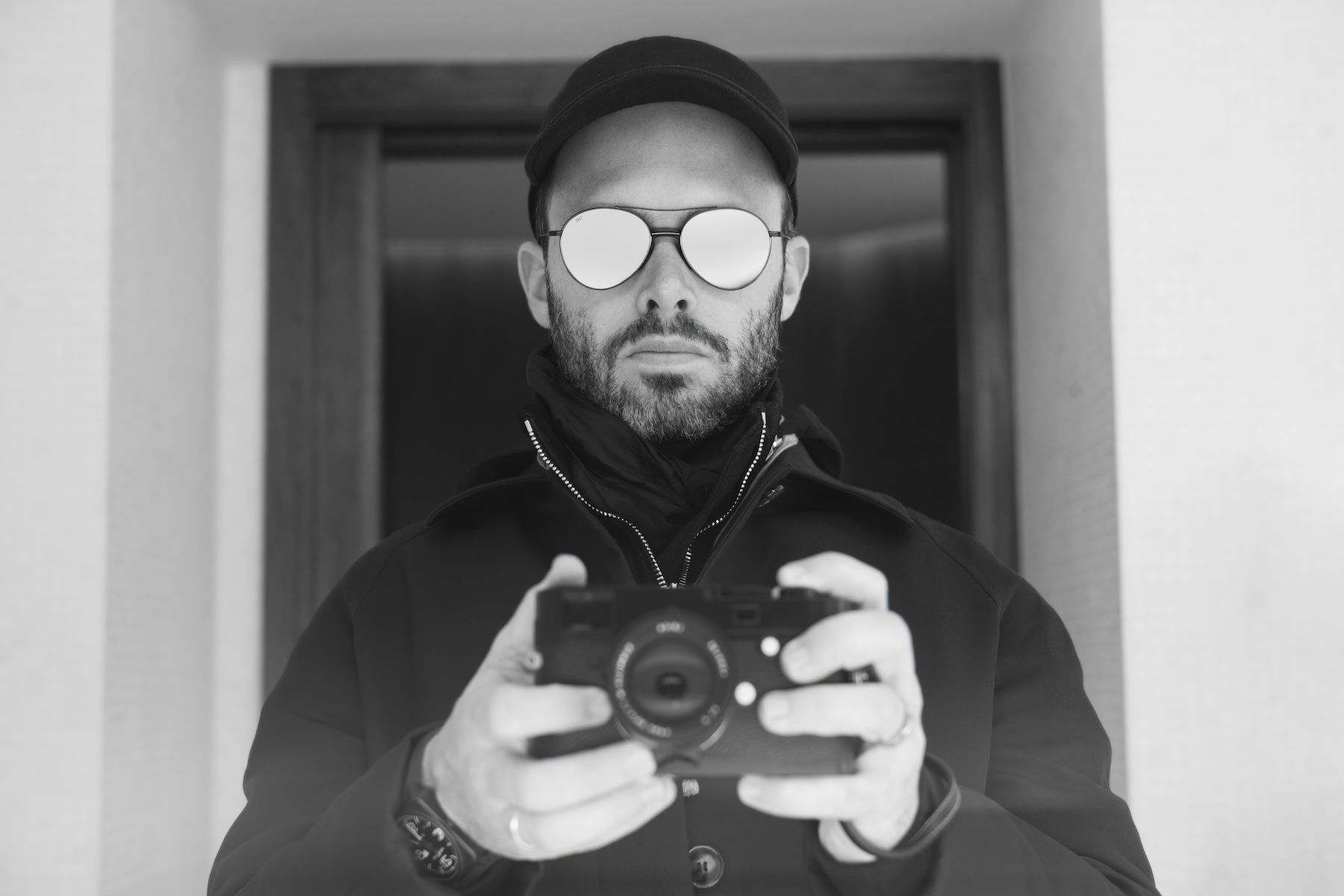20 september 2024, Flor Linckens
Photography: a new dimension in the practice of Daniel Arsham
Daniel Arsham is set to reveal his photographic work in the Netherlands for the first time at Unseen. The American artist is internationally renowned for his sculptures and installations, which explore themes such as time, decay and technological obsolescence. His “Future Relics” series for instance features sculptures of iconic everyday objects from the 20th and 21st centuries, crafted from materials such as stone, quartz, volcanic ash or crystal. These works evoke the appearance of ancient, crystallized and weathered artifacts, functioning as fictional archaeological remnants of our time, seen from a distant future. Now, Arsham is turning to a new medium: photography. Although photography has been a significant part of his creative process since his youth, this more personal facet of his practice has largely remained hidden from public view.
Arsham: “I never really intended on showing my photographs. It was just a practice for me in the studio and during my travels, a way of documenting things, a different way of paying attention. But it was a nice exercise to look at the long arc of all these photographs. It’s comparable to the selection of what I work on or show in my regular art practice: it’s often entirely intuitive.”

Daniel Arsham, self portrait, 2015
Arsham selected a few hundred images from a personal archive of thousands of photographs. His exhibition at Unseen, which will be shown in the booth of Galerie Ron Mandos, marks the second time these photos have been shown globally, following their debut in New York earlier this year. Arsham describes the curation of his photographic work as an intuitive process: Arsham: “I worked with James Law, a photographer and a close friend of mine, to edit down almost 300,000 images to a few hundred for the book that I recently published (Daniel Arsham: Photographer). Mostly it was a practical exercise of grouping things into typologies, and then selecting the images that I felt were the most interesting or the strangest.”
As with his sculptures, time plays a central role in Arsham's photography. While his sculptures often reference a distant future, his photography captures fleeting moments. Arsham: “If my sculptures are about elongating time and collapsing it, the photos are definitely about freezing it.”
At Unseen, Arsham invites viewers to experience the world through his lens: urban and natural landscapes, fragments of the everyday, captured with a personal gaze. His photographs offer a raw, documentary perspective of the world around him, without the surreal estrangement that characterizes much of his sculptural work. Yet, the themes that define his sculptures — time, decay, material transformation and technology that becomes obsolete in an unprecedented speed — subtly reappear in his photos, especially in the ephemeral beauty of urban landscapes. As a child, Arsham documented the devastating Hurricane Andrew in 1992, an event that left a lasting impression on both the artist and his work. Arsham: “I spent a lot of time in Miami when I was a child, and that city had been built from a swamp, literally transforming from grassland to urban structure and decay in 100 years. That was always interesting to me. Some of my photographs were documenting the hurricane in 1992, in which I nearly died.”

Daniel Arsham, Island time, 2015, Galerie Ron Mandos
The selection of images from his archive is thematically organized, ranging from cityscapes and portraits to depictions of animals and nature, as well as starry skies captured with long exposure times, visualizing the passage of time. Many of his photographs are shot in black and white, a choice that emphasizes form, texture and contrast. Arsham: “When I started learning photography as a 12-year-old I started with black and white. That was the form that I was always drawn to. There are some color photographs that are pretty minimal and use color more as an accent, when it didn’t make sense to work in black-and-white.” Arsham received his first camera, a Pentax K1000, from his grandfather, who taught him the fundamentals of photography. Arsham quickly realized that using a camera forces you to look at your surroundings in a more conscious and profound way.
Daniel Arsham was born in Cleveland in 1980 and raised in Miami. He now resides in New York. From an early age, he developed a fascination with art and architecture. The artist studied at the prestigious Cooper Union in New York, where he was awarded the Gelman Trust Fellowship Award in 2003. His work has been exhibited at MoMA PS1 and the New Museum in New York, the Museum of Contemporary Art in Miami, and the Carré d’Art in Nîmes. Currently, his work is shown at the Venice Biennale in the Chiesa di Santa Caterina. Arsham's works have been included in the collections of the Centre Pompidou in Paris, the Walker Art Center in Minneapolis and the Pérez Art Museum in Miami, among others.

Daniel Arsham, generations, Galerie Ron Mandos
